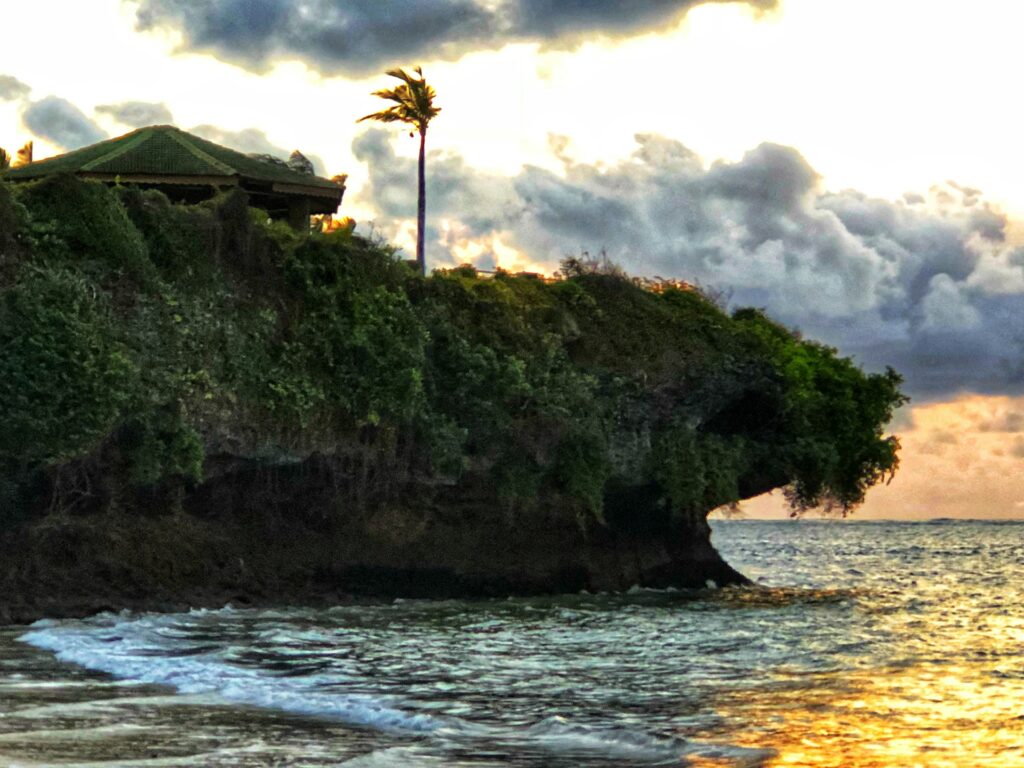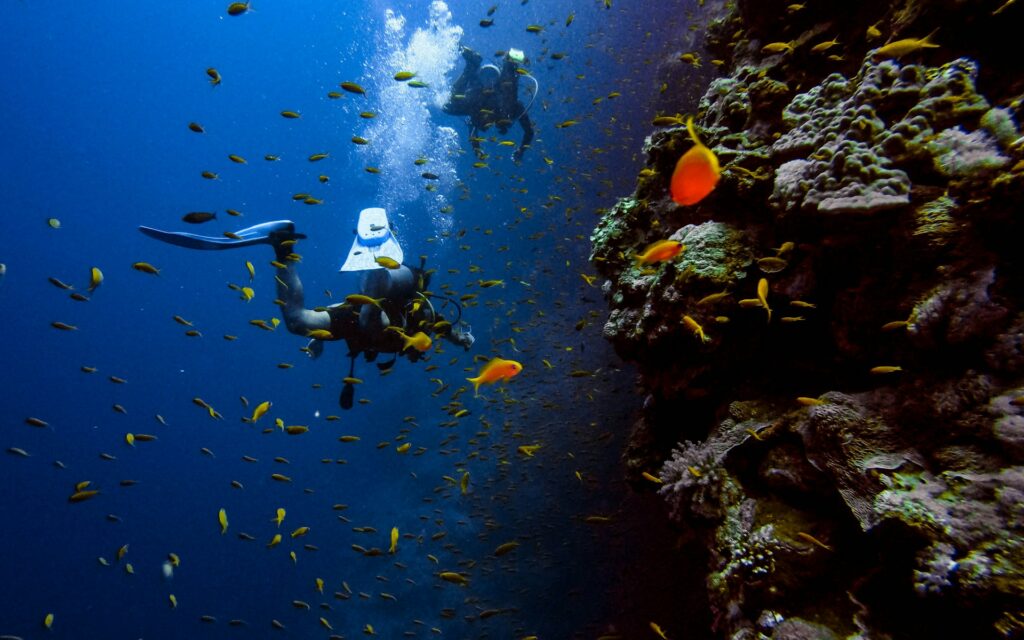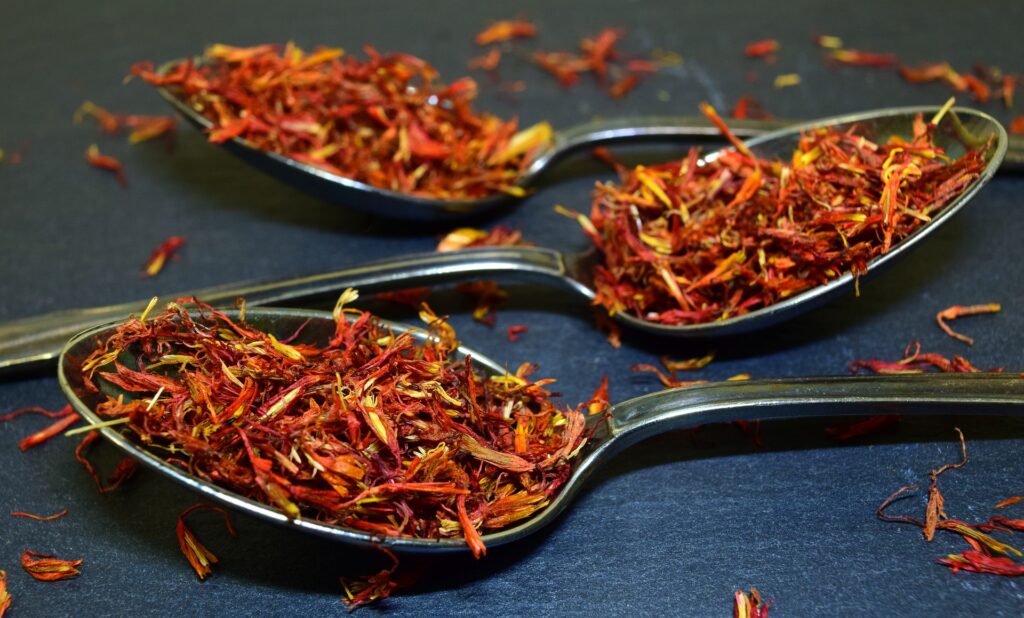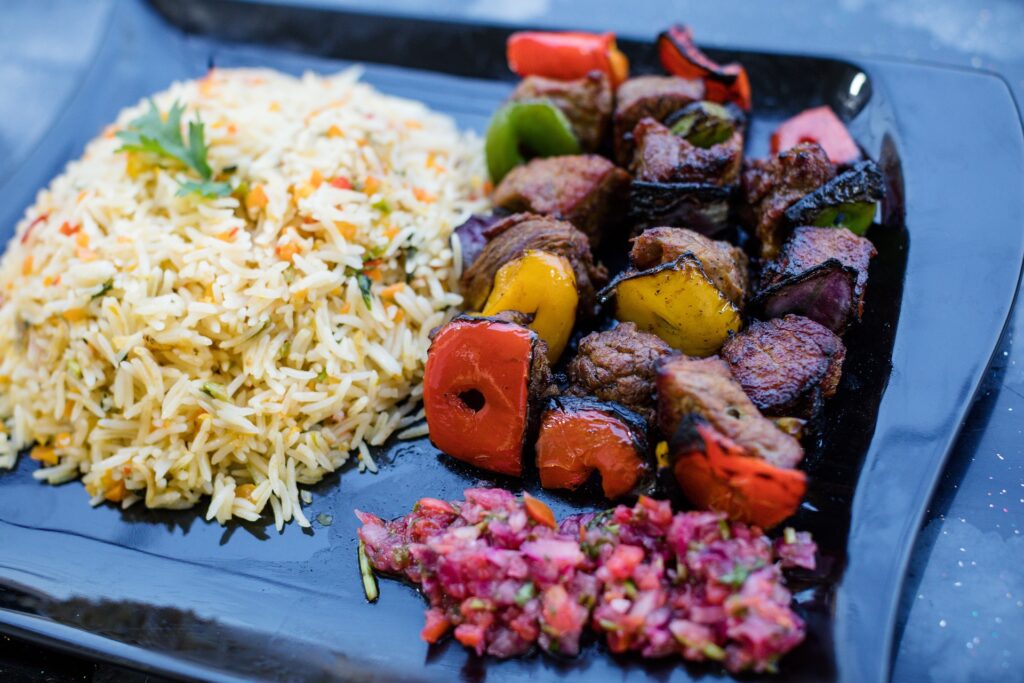Why You Should Travel to Mombasa?
Introduction
Mombasa Beach is one of Kenya’s most vibrant marine conservation areas and a significant tourist destination. Mombasa encompasses mangrove forests, coral reefs, seagrass beds, and sandy beaches. Thrill-seekers can partake in activities such as diving and snorkeling, creating unforgettable moments. Visitors can witness unique and impressive marine life here or enjoy a peaceful and serene vacation experience.
The north coast beaches in Mombasa are a must-see when you visit. They are very popular because they are much more vibrant than the beaches on the south coast of Mombasa. There are exceptional palm-lined beaches that have beautiful turquoise water, coral reefs, and a variety of water sports for all types of people. While at these beaches, you can see the Mombasa Marine National Park.
So, what opportunities are available for those who want to have fun, taste different cuisines, or explore historical sites in Mombasa?
Travel To Mombasa: Entertainment Opportunities of Mombasa:
Mombasa’s beaches offer various entertainment options, making it an ideal destination for leisure and fun-filled activities. Whether you’re seeking relaxation or excitement, there’s something for everyone to enjoy. Here are some of the entertainment opportunities available at Mombasa’s beaches:

Live Music Performances:
Numerous venues host live music performances along the coastline, showcasing local and international talents. Visitors can immerse themselves in Africa’s rhythmic melodies while enjoying the beach’s serene ambiance.
Traditional Dance Shows:
Embrace Kenya’s rich cultural heritage by attending traditional dance shows held at various beachside locations. These colorful performances feature intricate choreography and vibrant costumes, providing an authentic glimpse into the local traditions.
Bars and Nightclubs:
Mombasa’s beaches come alive after sunset, with various bars and nightclubs offering an electrifying nightlife experience. Whether you prefer sipping cocktails under the starlit sky or dancing the night away to pulsating beats, you’ll find plenty of venues to suit your mood.
Beachside Dining:
You can experience a special dining experience by tasting different flavors accompanied by an ocean view. Beachside restaurants offer something to please every palate, from seafood platters to enticing tropical fruit salads. Whether it’s a romantic dinner for two or a pleasant gathering with friends and family, dining on the beach in Mombasa is an unforgettable experience. Under the open sky, dine on golden sands, feel the gentle breeze, and listen to the soothing sound of the waves.
Water Sports:

Mombasa’s beaches offer an array of water sports activities for thrill-seekers and adventure enthusiasts. From snorkeling and scuba diving to jet skiing and parasailing, there’s no shortage of adrenaline-pumping adventures.
Whether you’re looking to unwind with soothing melodies, immerse yourself in cultural performances, or dance the night away, Mombasa’s beaches provide endless entertainment opportunities for visitors of all ages.
History and Culture of Mombasa:
Mombasa’s beaches harbor a rich historical and cultural heritage. Situated on the coast of the Indian Ocean, this city has been shaped by the influence of various cultures over centuries, creating a unique blend. Here are a few significant examples of this rich historical and cultural heritage:
Fort Jesus:
Situated right next to Mombasa’s beaches, Fort Jesus is one of the city’s landmarks. Built by the Portuguese in the 16th century, this fortress was constructed to control the trade routes along the Indian Ocean. Today, recognized as a UNESCO World Heritage Site, Fort Jesus is a museum that allows visitors to explore the region’s history in detail.
Swahili Culture:
Mombasa is a center of Swahili culture. This culture emerged through the interaction between indigenous African peoples and Arab, Indian, and European traders and migrants. Swahili culture has developed its unique identity in terms of language, traditions, handicrafts, and architecture. The Swahili Museum in Mombasa provides an in-depth introduction to this culture.
Historic Markets and Bazaars:
The historic markets and bazaars around Mombasa’s beaches reflect the region’s history and culture. Particularly in the Old Town area, street markets, and antique shops offer visitors a chance to journey back in time.
Music and Dance:
Music and dance are forms of historical and cultural expression in Mombasa. A traditional music genre called Taarab is often heard around the City’s beaches. Taarab combines Arab and African melodies to create a unique sound, and it is usually performed at special events and weddings.
Local Delicacies of Mombasa:

Mombasa’s beaches offer the indispensable delights of the local cuisine, abundant with rich seafood from the region. These delicious seafood delicacies are brought to the tables while preserving their fresh and exquisite flavors. Here are some local delicacies that you must try at Mombasa’s beaches:
Swahili Pilau:
Pilau, a staple of Swahili cuisine, is enriched with spices and typically served with seafood. With fresh seafood at Mombasa’s beaches, Swahili pilau presents a magnificent flavor.
Nyama Choma:
Nyama Choma, Kenya’s traditional meat dish, is usually made from grilled lamb or goat meat. You can savor the taste of freshly grilled Nyama Choma over charcoal at Mombasa’s beaches.

Ugali:
Ugali, a fundamental food item, is a bread made from cornmeal boiled to a thick, porridge-like consistency. Served alongside seafood at Mombasa’s beaches, Ugali provides a delightful culinary experience.
Maharage ya Nazi:
Another delicious option at Mombasa’s beaches is Maharage ya Nazi. This dish is made from coconut milk and beans and is typically served with rice or Ugali.










